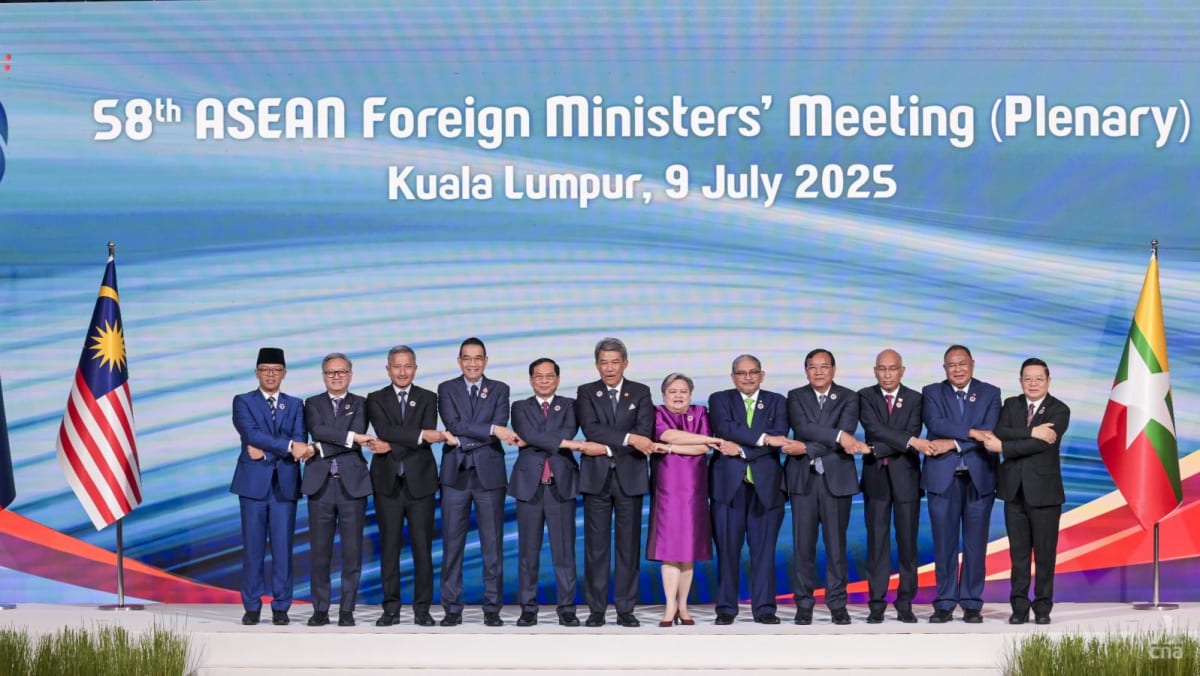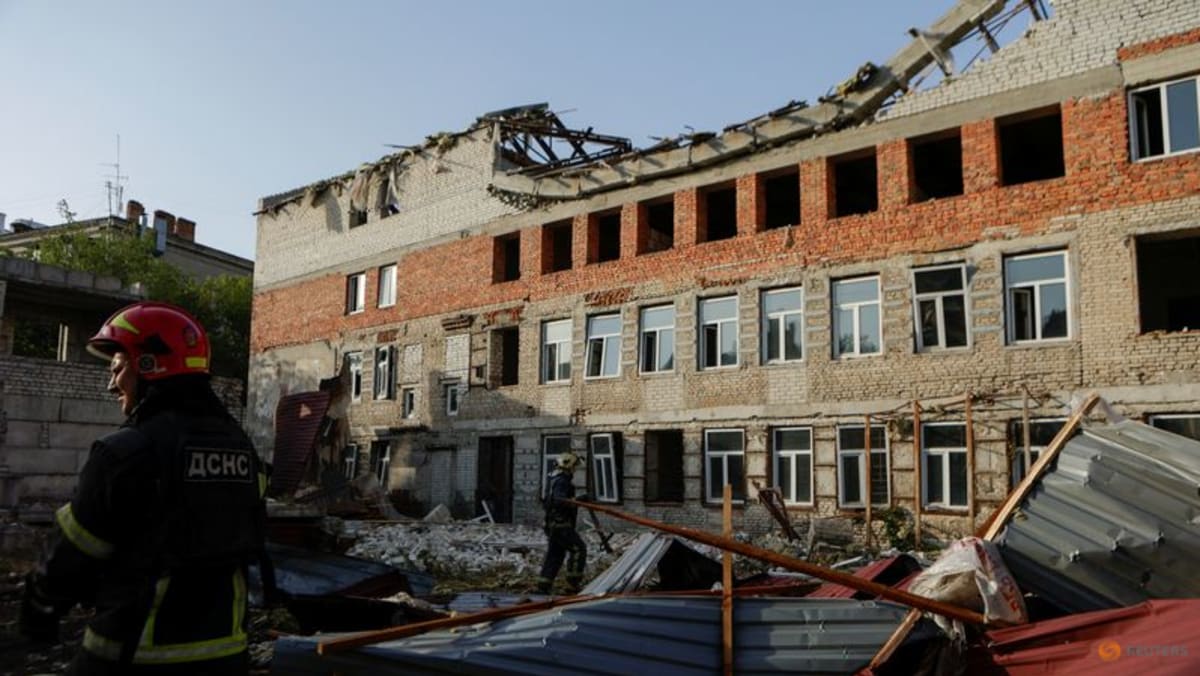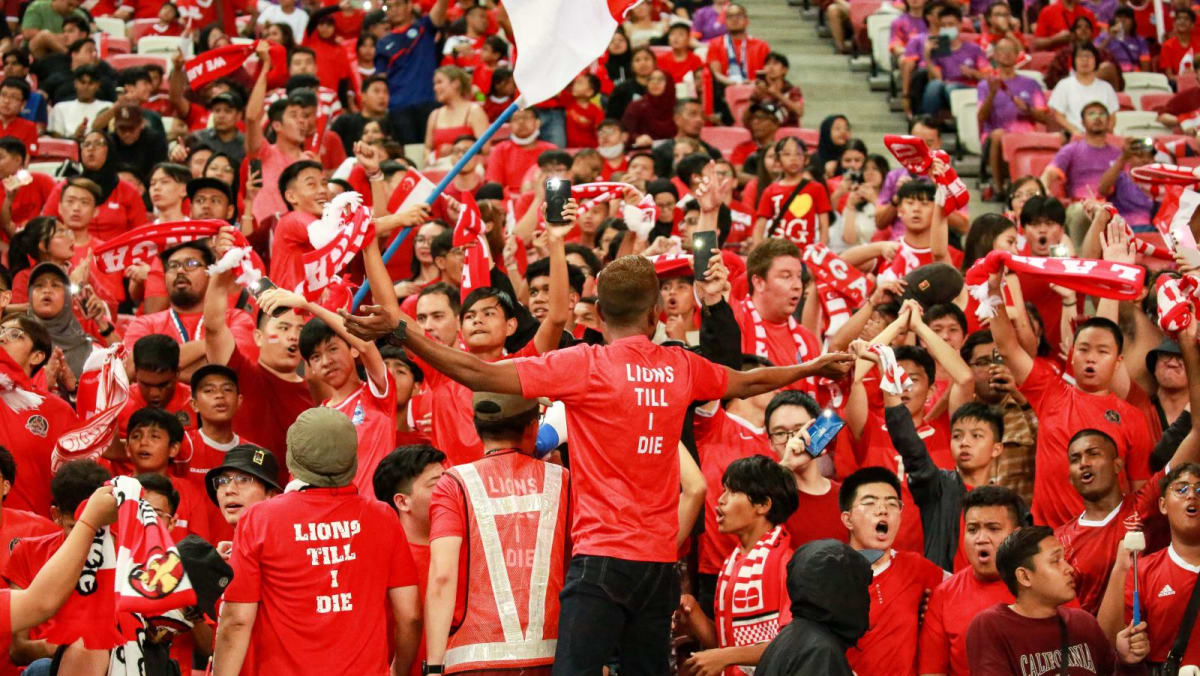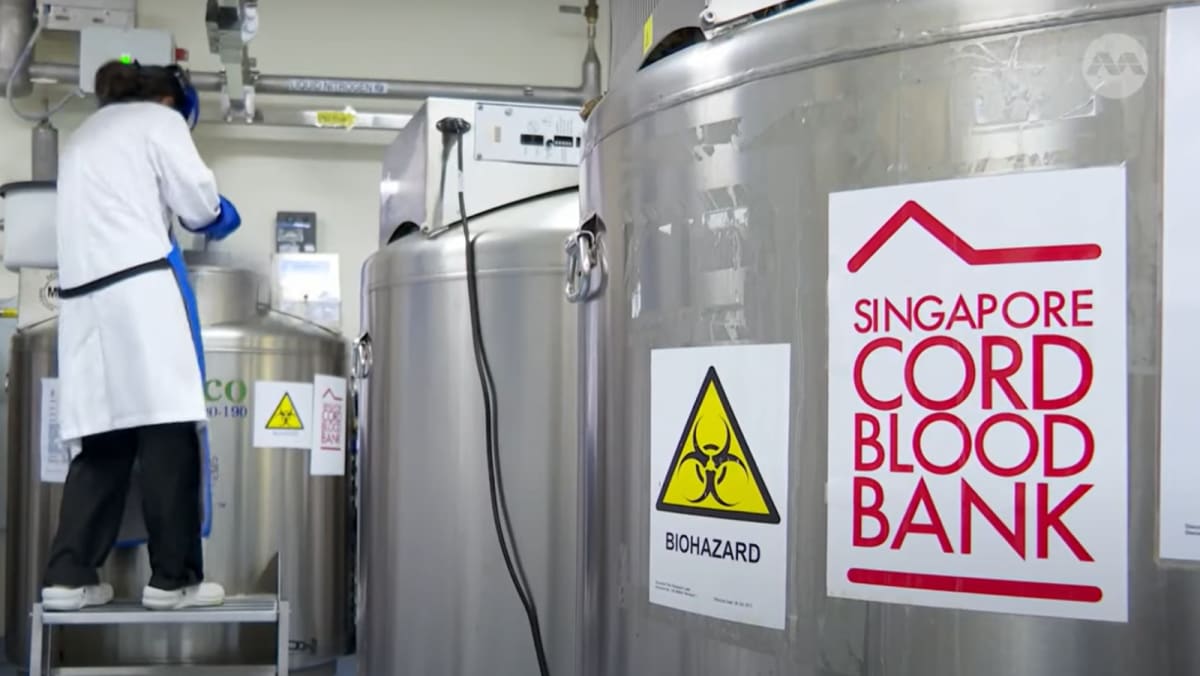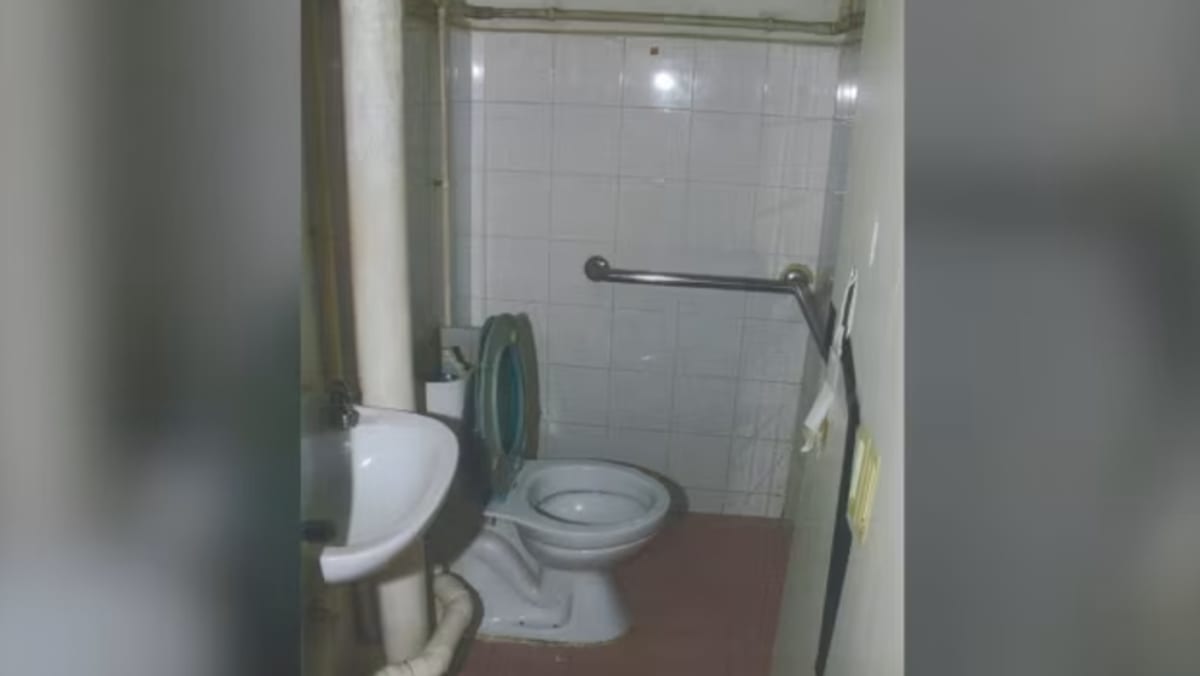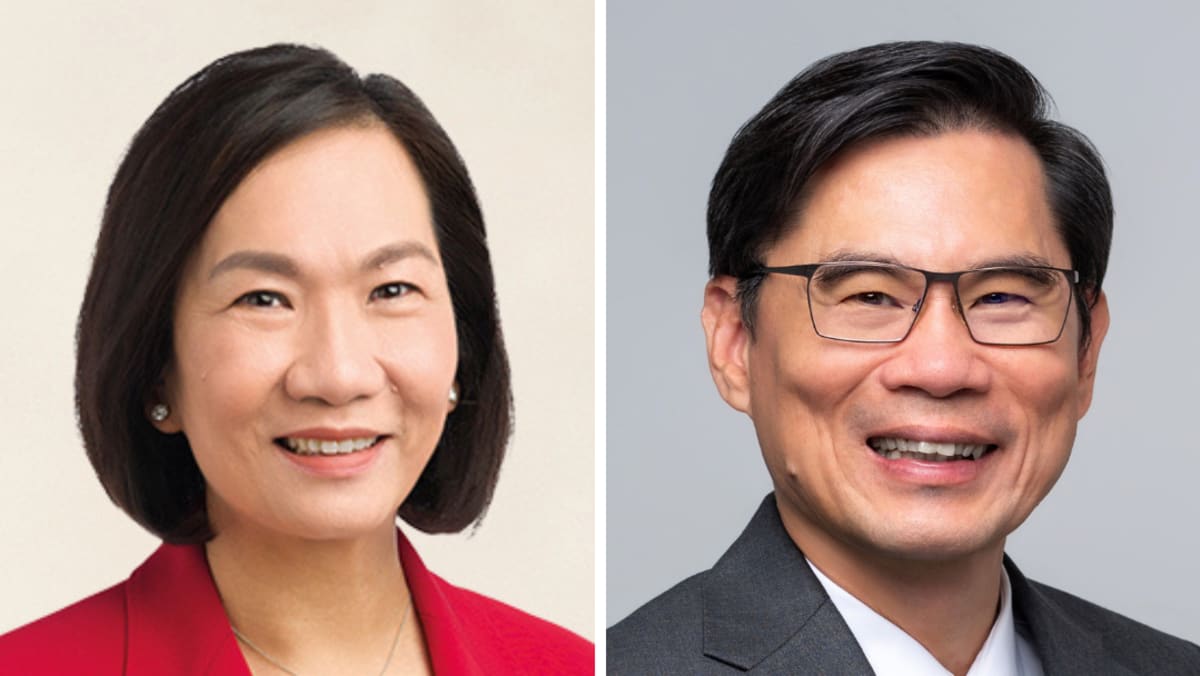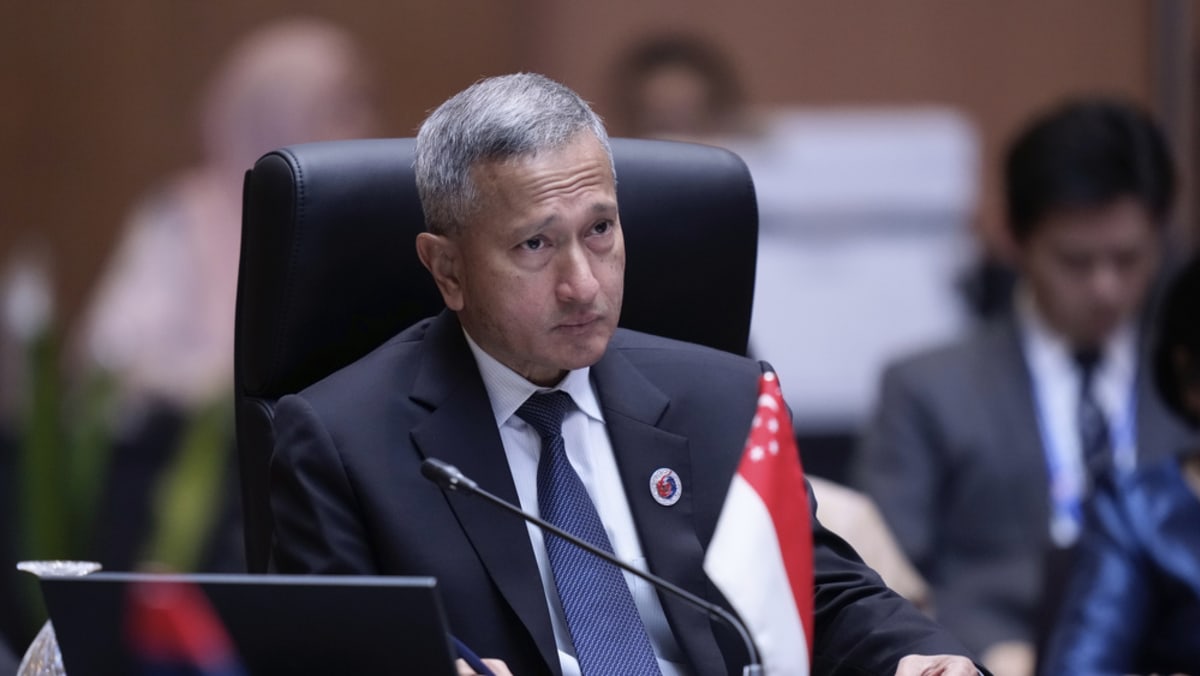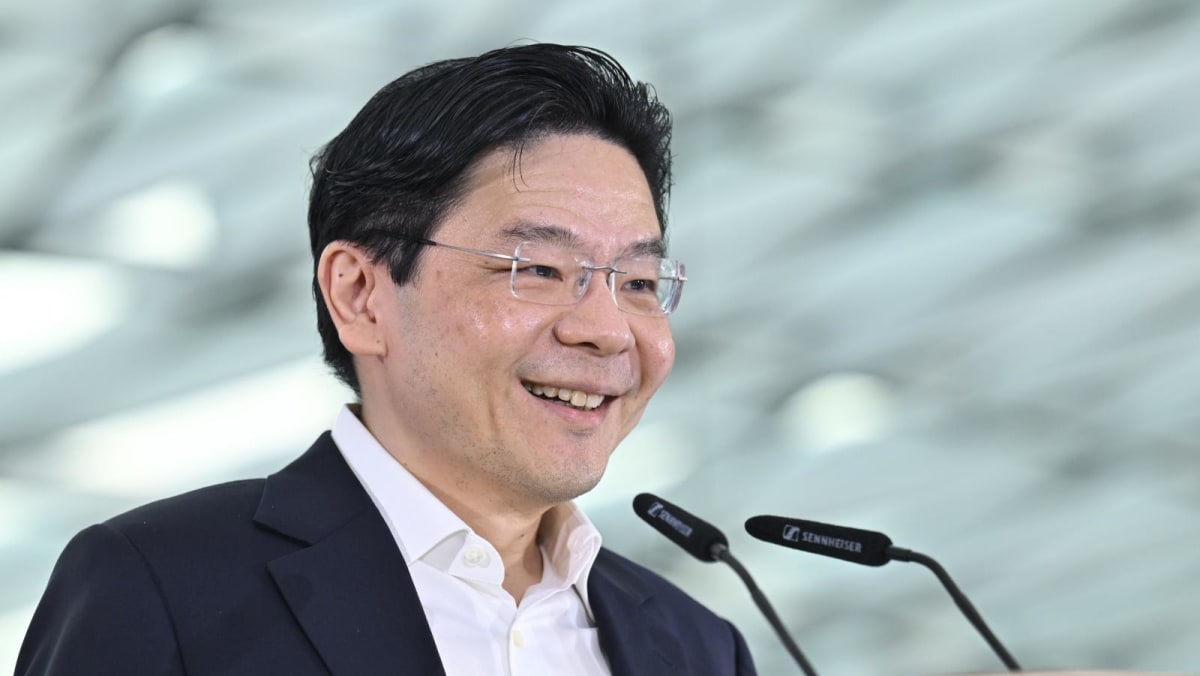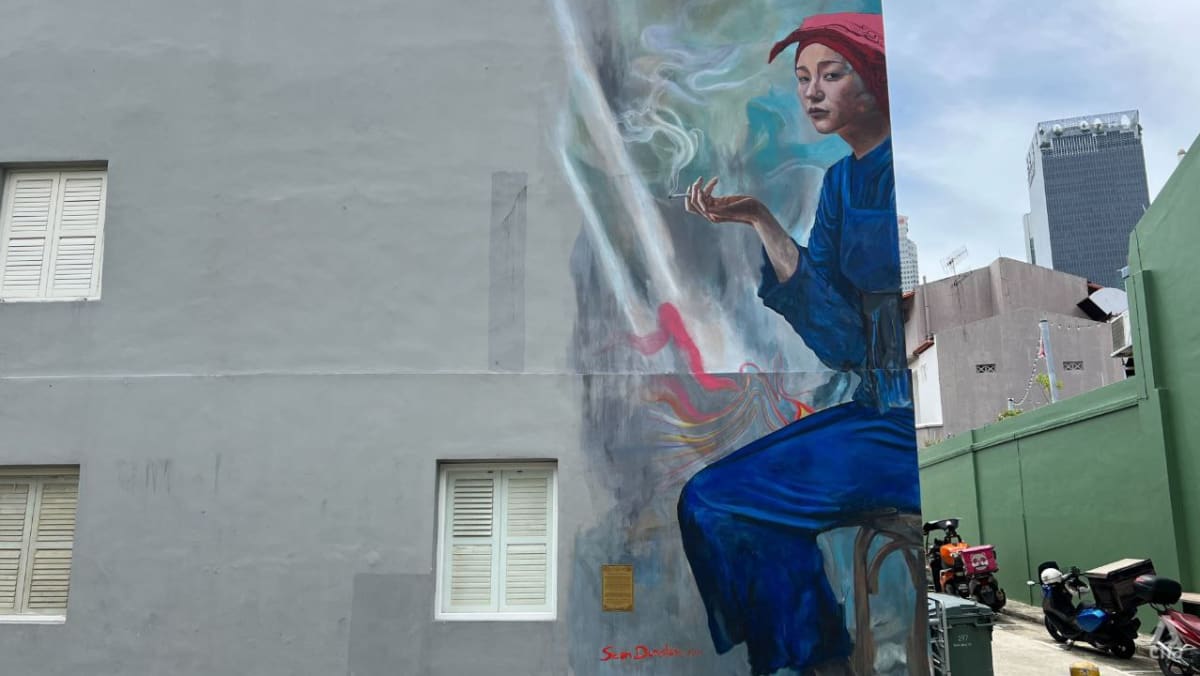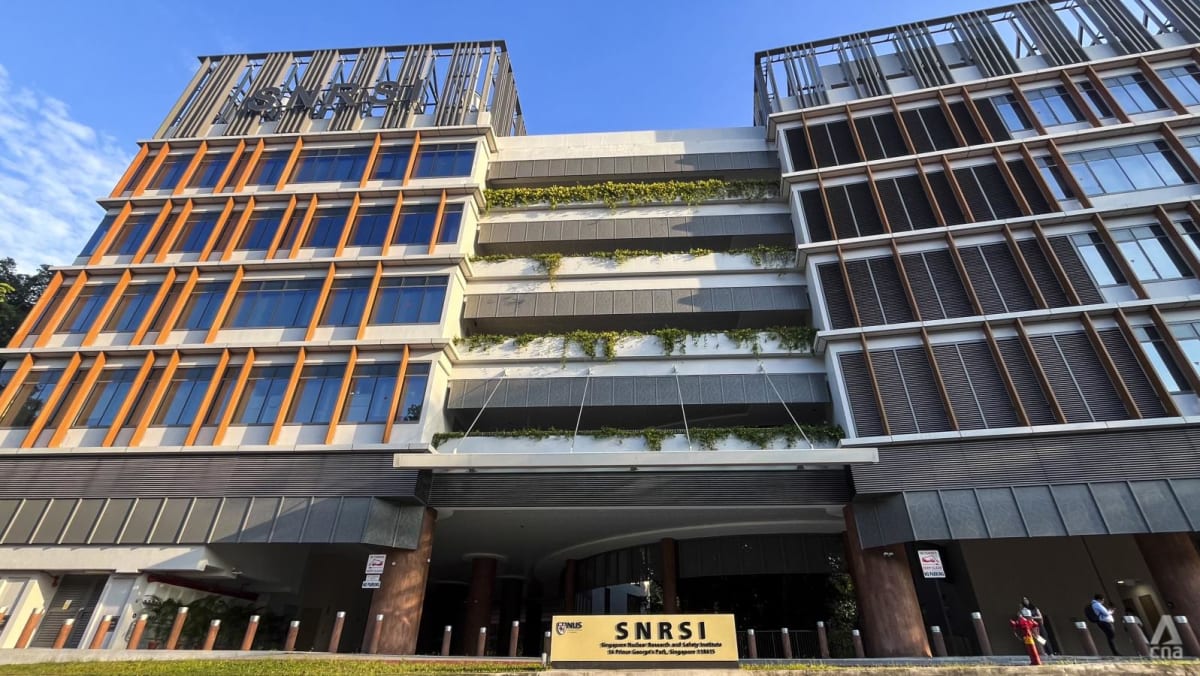In contrast, when Japan launched its J.League in 1993 with ten clubs, it set a 30-year vision to grow to 60 clubs across three professional divisions. That goal was realised in 2024. Along the way, Japan invested in club licensing, training facilities, youth systems and long-term development planning.
Singapore lacks a similarly robust blueprint. Short-term fixes – bringing in foreign clubs, tweaking club numbers – have not resulted in systemic change.
We need to aim higher: a full-fledged professional league that offers more competitive matches, more professional contracts, and a clearer developmental pathway for aspiring players.
VIABLE CAREERS
Perhaps the most damaging perception in Singapore football is that it is not a viable career. Stories of players juggling second jobs or earning low wages fuel the notion that football is not a serious profession.
Yet the data paints a more nuanced picture. Average salaries for fully professional SPL players range between S$4,000 to S$5,000 per month. National team regulars have historically earned up to S$20,000. These figures are comparable to Japan’s J2, higher than J3, and above many second and third-tier leagues in Eastern Europe and Africa.
The challenge is not merely pay, but stability. Players and coaches who cannot secure overseas contracts often lack job security and long-term career prospects.
Singapore must establish a system where football careers are as structured and secure as those in other sectors. This means not only better salaries but also strong development pathways.
In Japan, players typically know by age 24 whether they can secure professional contracts. Those who don’t often move seamlessly into university football, which itself operates at a highly competitive level.
In Singapore, such pathways remain murky. This is due to our small league and the lack of funding that hampers clubs’ ability to offer stable opportunities.
